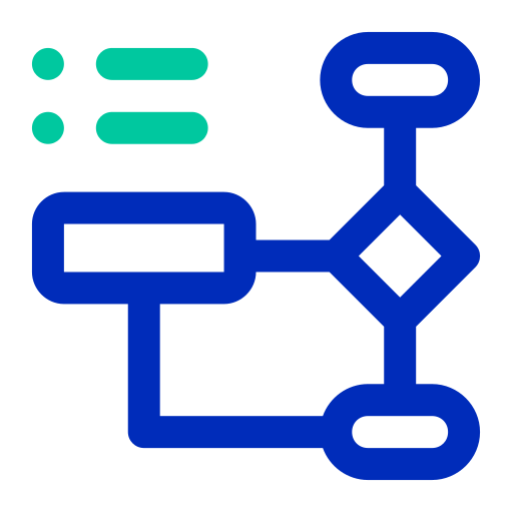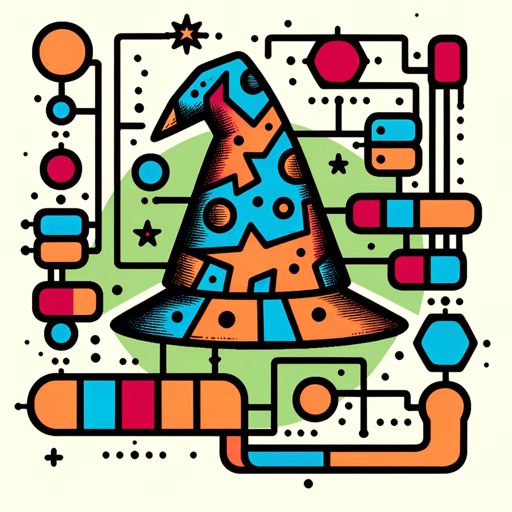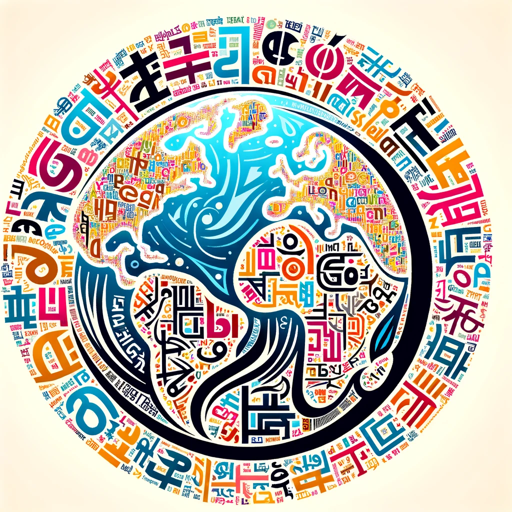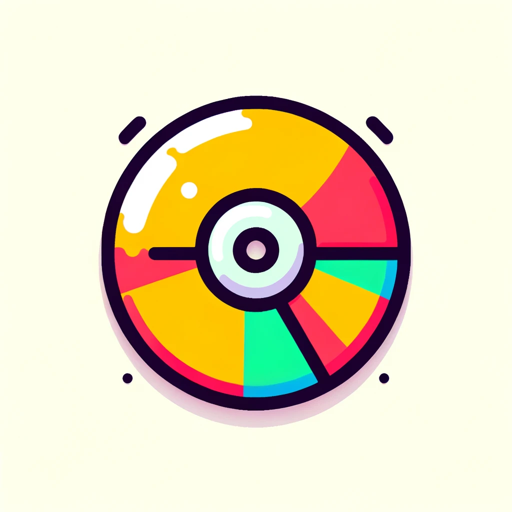Diagramas de flujo-flowchart creation tool
AI-powered flowchart creator
flow
Related Tools
Load More
🌟Technical diagrams pro🌟
Create flowcharts, Class, Sequence, Use Case, and Activity diagrams using PlantUML. System design and cloud infrastructure diagrams for AWS, Azue and GCP. No login required.

Flowchart | Diagrama de flujo | خريطة تدفق | 流程图
Auto flowchart your code and text | Automatizar el diagrama de flujo de tu código y texto" en español | قم بإنشاء مخطط تدفق تلقائي للكود والنص الخاص بك

流程图大师 Flowchart Master
Guide users in creating flowcharts in a friendly and professional manner

Flow Diagram Producer
Specializes in precise flow diagrams.

Flowchart Wizard
This GPT acts as an expert flowchart creator that will help you graphically represent any process you describe to it.

Creador de Gráficos
Puede crear gráficas precisas en base a fotos o indicaciones
20.0 / 5 (200 votes)
Introduction to Flowcharts
Flowcharts are diagrammatic representations used to illustrate algorithms or processes. They use various symbols to depict different types of actions or steps in a process and are connected by arrows indicating the flow of control. The primary purpose of flowcharts is to provide a clear and easy-to-understand visual representation of a process, making it easier to analyze, design, and communicate complex procedures. For example, a flowchart can illustrate the steps involved in preparing a meal, such as washing, cutting, cooking, and serving, with each action represented by a specific symbol and connected by arrows showing the sequence.

Main Functions of Flowcharts
Process Mapping
Example
Documenting the steps involved in a customer service workflow.
Scenario
A company uses a flowchart to map out its customer service process, from receiving a customer query to resolving the issue. This helps identify bottlenecks and areas for improvement.
Algorithm Representation
Example
Visualizing the logic of a computer program.
Scenario
A software developer uses a flowchart to plan the algorithm for a sorting function, ensuring all possible scenarios are accounted for before coding begins.
Decision Making
Example
Illustrating decision points in a business process.
Scenario
A business analyst creates a flowchart to represent the decision-making process for approving loan applications, highlighting different paths based on the applicant's credit score and financial history.
Ideal Users of Flowcharts
Students
Students studying computer science or business processes can benefit from flowcharts by visualizing algorithms and understanding complex procedures, aiding in learning and retention.
Business Professionals
Managers and analysts use flowcharts to document and analyze business processes, improving efficiency and communication within the organization.

How to Use Diagramas de Flujo
Step 1
Visit aichatonline.org for a free trial without login, also no need for ChatGPT Plus.
Step 2
Familiarize yourself with the interface and available tools for creating flowcharts.
Step 3
Choose a template or start from scratch to design your flowchart based on your requirements.
Step 4
Use the drag-and-drop feature to add shapes, lines, and text to your flowchart.
Step 5
Save and export your flowchart in the desired format for sharing or further use.
Try other advanced and practical GPTs
Exam
Smart AI-Driven Exam Generator

Polyglot Dictionary
Master Languages with AI-Powered Precision

Roleplay Muse
Enhance your storytelling with AI.

DarkGPT
AI-powered critical thinking

Resumen
AI-powered text summarization tool

PentestGPT
AI-powered web application pentesting tool.

Redshift SQL Wizard
AI-powered Redshift SQL Analysis and Optimization.

Visual Muse: illustrating concepts with style
AI-powered creativity for unique visuals.

Legal Aid - Canada
AI-Powered Guidance for Canadian Law

Video Creator
Transforming your descriptions into dynamic videos.

Molecular Biology Advisor
AI-Powered Insights for Molecular Biology

Docking and molecular dynamics
AI-powered Docking and Dynamics

- Education
- Project Management
- Business
- Programming
- Daily Tasks
Diagramas de Flujo Q&A
What is a flowchart?
A flowchart is a diagram that represents a process, system, or computer algorithm. It uses symbols and arrows to illustrate the sequence of steps.
How can flowcharts help in programming?
Flowcharts help in visualizing the logic and flow of a program, making it easier to understand, debug, and communicate the program's structure.
What are common symbols used in flowcharts?
Common symbols include rectangles (process), diamonds (decision), ovals (start/end), parallelograms (input/output), and arrows (flow direction).
Can flowcharts be used for non-technical processes?
Yes, flowcharts can be used to map out any process, including business workflows, project management, and even daily routines.
What are some best practices for creating flowcharts?
Best practices include keeping it simple, using standard symbols, labeling all elements clearly, and maintaining a logical flow from top to bottom or left to right.